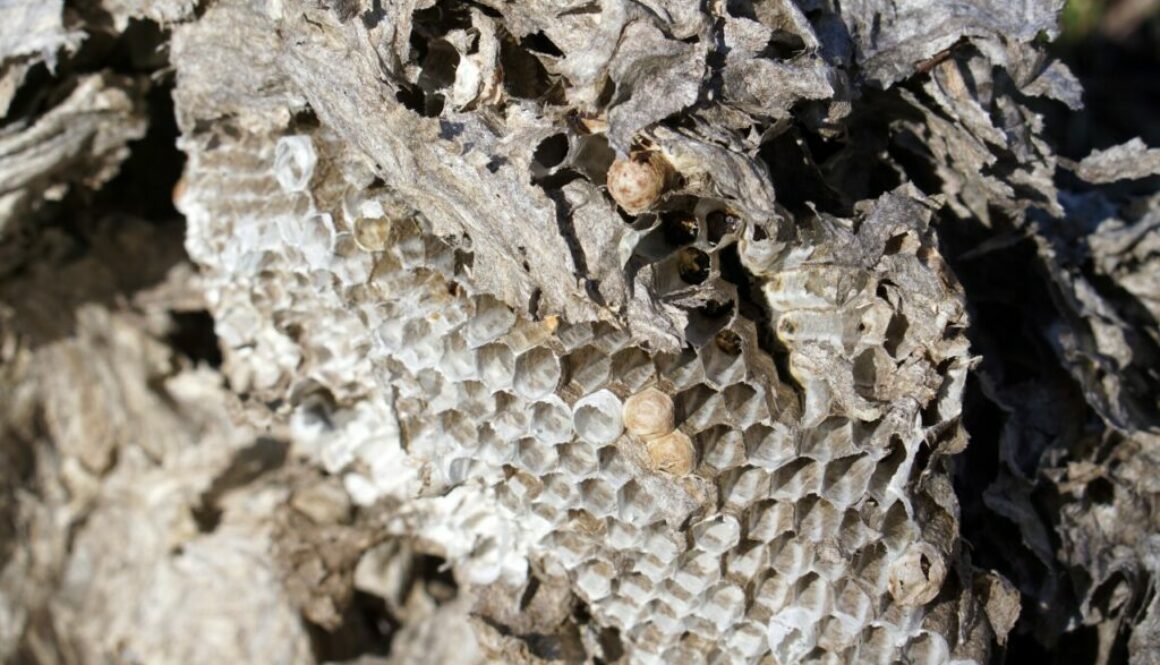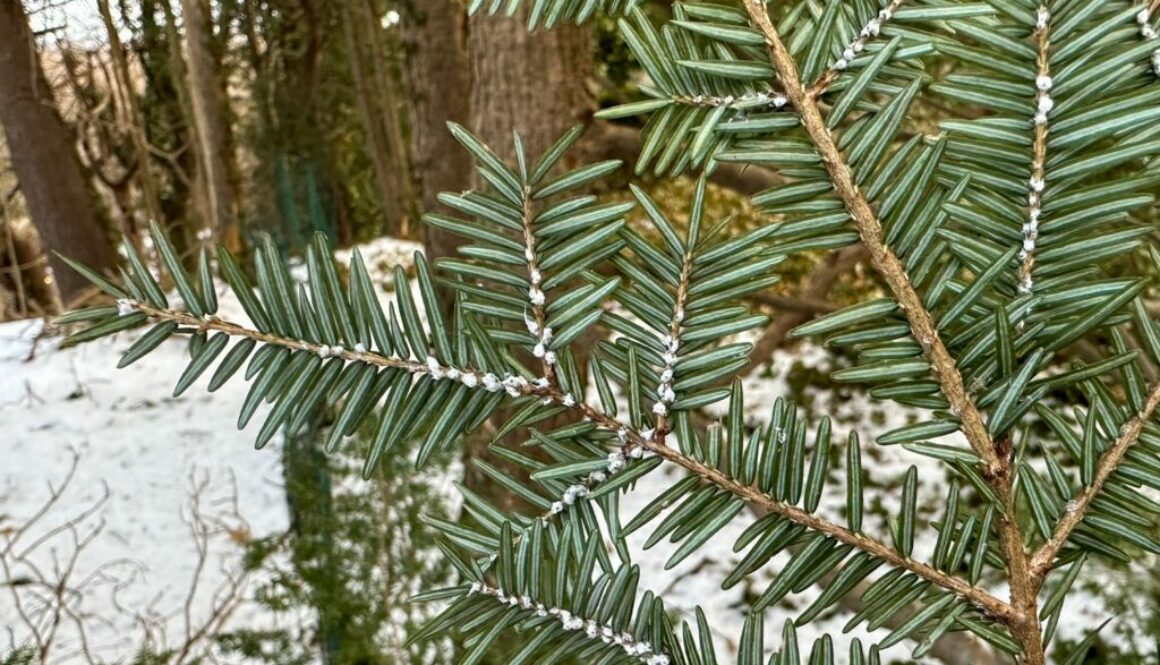Bald-faced Hornets – Friend or Foe?
Bald-faced hornets are friends! These creatures have an intimidating name and they look rather fearsome, but they are very unlikely to sting you. Unfortunately for all wasps, bees, and hornets, it is the Yellowjackets that give them all a bad name. This is not a scientific number, but I would guess that 99% of all stings are from the Yellowjackets. Honey bees will only sting you if you step on them (can’t blame them) and Bumble bees only seem to get aggressive when you dig them out of their home in the ground. I’ve done that, and now I know where the term “a bee line” comes from. I can also attest to the fact that their sting (in my neck) doesn’t hurt any more than a Yellowjacket even though the Bumble bee is much bigger. A Bald-Faced Hornets Nest in Genesee Valley Park The Bald-faced Hornets that built a home next to the Tupelo shelter in Genesee Valley Park must have done an exceptionally good job, because it was still hanging there until recently, months after most other nests have fallen to the ground. I love examining their nests in detail, from the octagonal combs where they raise their young to the paper like wood pulp that they use to cover their combs. If you look closely at the nest, the colors are woven together like a piece of art. The queen will survive the winter in the ground, and all the other Bald-faced Hornets will die in the freezes of late fall, so there are no hornets to worry about in the winter. I also found a nest on the Riverway Trail just south of the Ford Street Bridge on the west side of the river. Our Backyard Hornet Nest Several summers ago we had a small baseball size nest appear in our apple tree, only about 5 feet off the ground and within 12 feet of our outdoor dining area. I’ve seen dozens of nests over the years but only one other nest that was within 15 feet of the ground. Rather than remove the nest, I used it as an opportunity to watch the hornets up close. Because my dog likes to try to eat bees or anything that happens to fly by, I had to create some barriers to keep him from walking underneath the nest. He gets a funny look on his face when he gets stung in the mouth by a Yellowjacket but has no negative consequences. If I hadn’t noticed the nest, I would never have known there was one in close proximity. I usually see a couple of Bald-faced hornets in our vegetable garden and amidst our grape vines, but I didn’t notice an unusual number of hornets that year. Identifying The Bald-Faced Hornet It won’t help you in Scrabble but it has a delightfully challenging Latin name – Dolichovespula maculata. Bald-faced hornets have white and black bodies, somewhat larger than Yellowjackets. They are scavengers, but apparently don’t like the sweet […]


